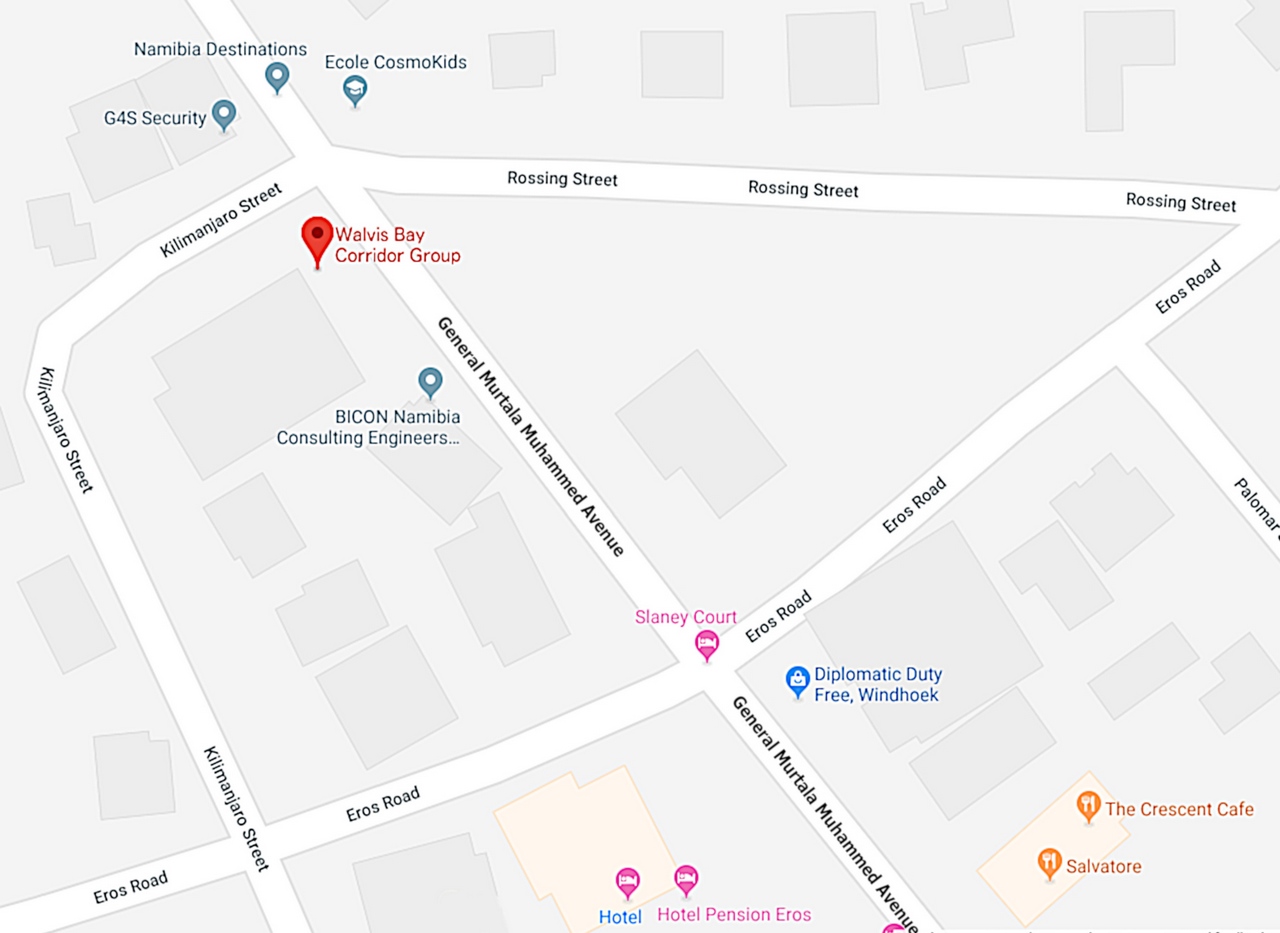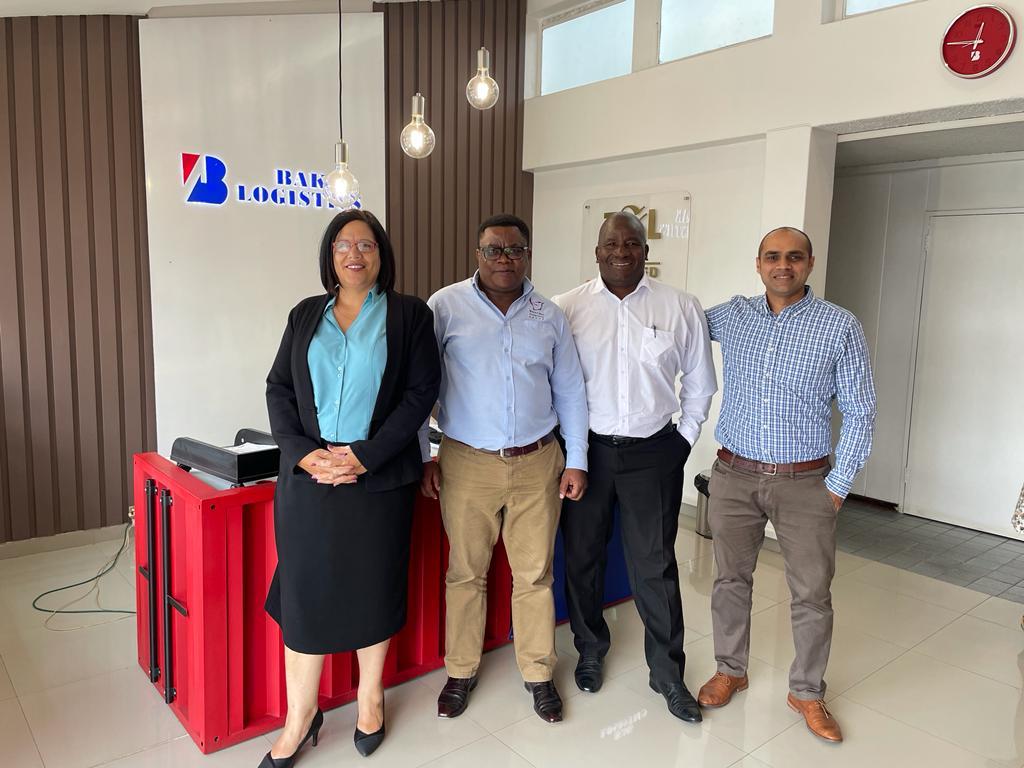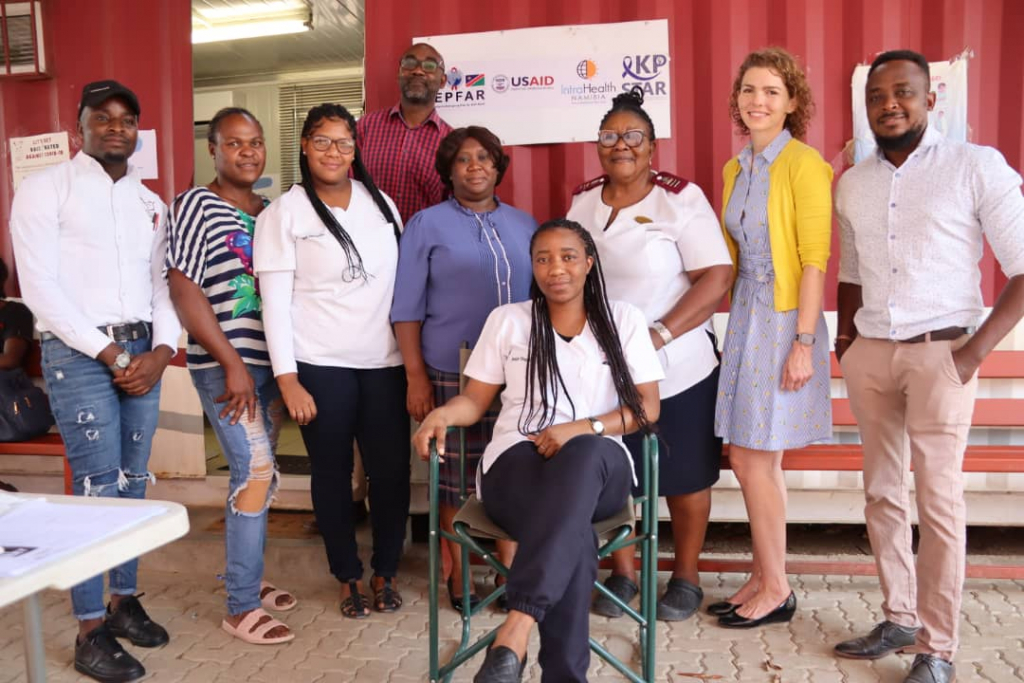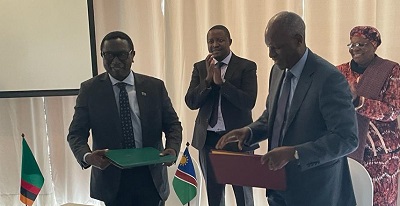Trans-Kalahari Corridor makes strides in the region
Posted: 21 Jan 2019
Windhoek – South Africa’s transport
minister Blade Nzimande has commended strides made through the Trans Kalahari
Corridor (TKC) since its inception in 2003.
Nzimande, the new chairperson of the
regional corridor group said the TKC has been growing rapidly with practical
economic development achieved along the corridor.
He took over from Alpheus !Naruseb,
Namibia’s Minister of Works and Transport, during the meeting of SADC Ministers
of ICT, Transport and Meteorology in Windhoek 24-28 September.
TKC is a road network spanning
approximately 1,900 km across the territories of Botswana, Namibia and South
Africa.
It starts in the Gauteng Province in South
Africa and continues through Rustenburg and Zeerust in the North-West Province,
through Lobatse and Kanye in Botswana, the Mamuno and Trans Kalahari Border
Posts through Gobabis, Windhoek and Okahandja in Namibia and right through to
the Port of Walvis Bay.
“This corridor plays a pivotal role in the
economic development of all our member states and our region, particularly in
anchoring the development of industries and business along the corridor,”
Nzimande during the TKC chairmanship reception.
“I am indeed happy with the strides that
we have made in our TKC. Among the milestones achieved is the introduction of
the Custom Single Administration Document, the completion of the feasibility
study on truck stops, the development of harmonised weighbridges, the
harmonisation of axle load limits from 8.2 to nine tonnes and the introduction
of the Joint Law Enforcement Operations across the member states.”
He also applauded Namibia for steering the
august organisation and for achieving a lot during its chairmanship.
“I would like to congratulate Namibia on
its port expansion in Walvis Bay. This will bring more capacity on the Western
seaboard, which includes ports in South Africa. We need to endure that our
ports complement each other instead of competing to improve the regional value
chain,” he said.
The key challenges hindering growth and
trade within the SADC region include, among others, poor infrastructures, low
density across transport networks, inefficient border processes and fragmented.
According to Nzimande, if SADC is to attain
its goal of creating a seamless, cost-effective and fully integrated region;
road, rail and ports systems are required to secure the future of the region.
Nzimande said corridor development can
serve as a good guide for the overall attainment of this regional development
goal and as such, there is a need to deepen the member states integration so
that trade creation and diversion is maximised.
“This corridor should help us to ensure
that we trade among each other and replace imports from the rest of the world,
especially those coming outside of our continent. Equally important, the
corridor should help us beyond trade liberalisation by reducing uncertainties
and improving our credibility and thus making it easier for the private sector
to plan and invest in this corridor,” said Nzimande.
He said there is a need to adopt unified
positions on issues of mutual interest and the development will help the region
to negotiate trade and international commodity agreements with third parties
and for us to safeguard our common regional interests.
The TKC is a tripartite trans-boundary
corridor management institution that was established with a political and
economic vision to pursue or contribute towards deeper regional integration
programs of SADC, SACU and indeed NEPAD.
This corridor is known for providing a
short transport link across the entire breadth of the South African
sub-continent.
Compared to the
traditional routes via southern Namibia to South Africa’s Gauteng, TKC cuts the
distance by 400km, making it a more preferred route and providing
cost-effective logistical advantages to users. It is
a strategic route-of-choice that provides linkages between the Americas and
East European markets and the Southern African hinterland.
Sourced from the Southern Times – southerntimesafrica.com





